
Electric Bike vs. Road Bike: 5 Key Differences You Need to Know
Cycling enthusiasts often face the dilemma of choosing between an electric bike and a road bike. Each type of bike has its own unique features and advantages. Understanding these differences can help you make an informed decision that best suits your riding needs and lifestyle. In this article, we’ll explore five key differences between electric bikes and road bikes, focusing on their power systems, weight, geometry, speed, and cost.
Power System
One of the most significant differences between electric bikes and road bikes is the power system.
Electric Bikes: Assistance at Your Fingertips
Electric bikes, also known as e-bikes, come equipped with an electric motor that provides assistance while you pedal. This motor is powered by a rechargeable battery, offering various levels of assistance to make your ride smoother, especially on tough terrains or steep inclines. The power system in e-bikes allows you to customize the level of support, which can be particularly beneficial for long-distance rides or commuting.
Road Bikes: Powered by You
Road bikes, on the other hand, rely solely on human power. They are designed to be lightweight and aerodynamic, allowing riders to travel at higher speeds with less effort. Without the additional weight of a motor and battery, road bikes provide a more traditional cycling experience, requiring the rider to generate all the propulsion needed to move forward.
Weight
Weight is a crucial factor to consider when choosing a bike, as it affects speed, handling, and overall ride quality.
Electric Bikes: Heavier but More Powerful
Due to the added components of a motor and battery, electric bikes are generally heavier than road bikes. This extra weight can make them more challenging to maneuver, especially when riding without motor assistance. However, the power system compensates for this added weight, helping riders tackle hills and long distances with ease.
Road Bikes: Lightweight and Nimble
Road bikes are known for their lightweight design, often constructed from materials like carbon fiber or aluminum. This makes them easier to handle and faster on flat surfaces. The reduced weight of road bikes allows for quicker acceleration and improved agility, making them ideal for competitive cycling and long-distance rides.
Geometry
The geometry of a bike affects comfort, handling, and performance. Both electric bikes and road bikes have distinct geometries tailored to their specific use cases.
Electric Bikes: Comfort and Stability
Electric bikes are typically designed with a more relaxed geometry, prioritizing comfort and stability. This often includes a more upright seating position, which can reduce strain on the rider's back and neck during extended rides. The stable design of e-bikes makes them suitable for various terrains, from city streets to off-road trails.
Road Bikes: Speed and Efficiency
Road bikes feature a more aggressive geometry, with a focus on speed and efficiency. The rider is positioned lower and more forward, which reduces wind resistance and allows for greater power transfer from the legs to the pedals. While this geometry enhances performance, it may not be as comfortable for casual riders or those with mobility issues.
Speed
Speed is an important consideration for many cyclists, whether you're commuting, training, or simply enjoying a leisurely ride.
Electric Bikes: Boosted by Technology
Electric bikes can reach speeds of up to 28 mph (45 km/h) with motor assistance, depending on the model and local regulations. The motor provides a boost that can help you maintain a consistent speed, even when faced with headwinds or uphill climbs. However, the speed of an e-bike is often limited by law to ensure safety on public roads.
Road Bikes: Fast and Furious
Road bikes are built for speed, with some riders reaching over 30 mph (48 km/h) on flat terrain. The lightweight design and aerodynamic geometry allow experienced cyclists to achieve high speeds through sheer pedaling power. Road bikes are a popular choice for racing and high-intensity training due to their speed capabilities.

Cost
The cost of a bike is a significant factor for many buyers, and electric bikes and road bikes can vary widely in price.
Electric Bikes: Higher Initial Investment
Electric bikes generally come with a higher price tag due to the advanced technology and additional components they feature. The cost of an electric bike for adults
can range from a few hundred to several thousand dollars, depending on the brand, quality, and features. However, the convenience and benefits of motor assistance may justify the investment for many riders.
Road Bikes: Variety of Options
Road bikes offer a wide range of prices, from affordable entry-level models to high-end racing machines. Depending on your budget and cycling goals, you can find a road bike that meets your needs without breaking the bank. While they may require more physical effort than e-bikes, road bikes provide a cost-effective option for those seeking a traditional cycling experience.
Conclusion
Choosing between an electric bike and a road bike ultimately depends on your personal preferences and cycling goals. If you prioritize speed, agility, and a traditional cycling experience, a road bike may be the best choice. However, if you prefer a more comfortable ride with motor assistance for longer distances or challenging terrains, an electric bike could be the ideal option.









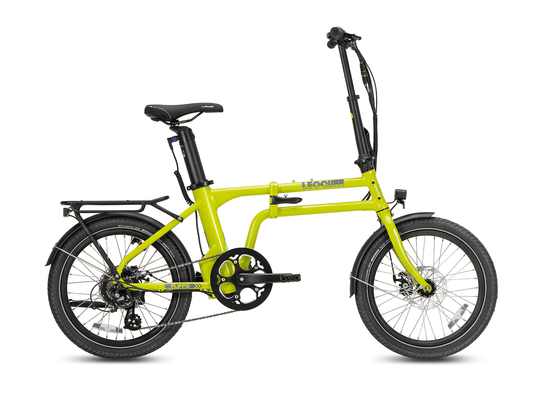
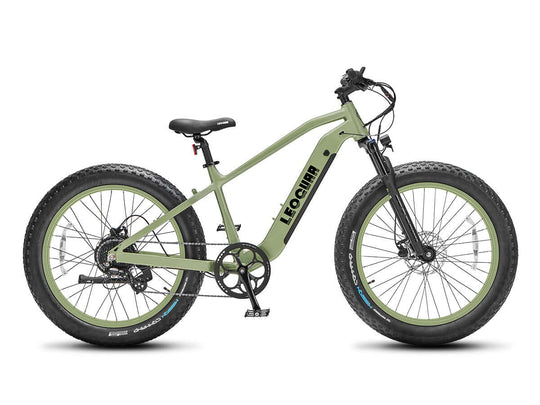
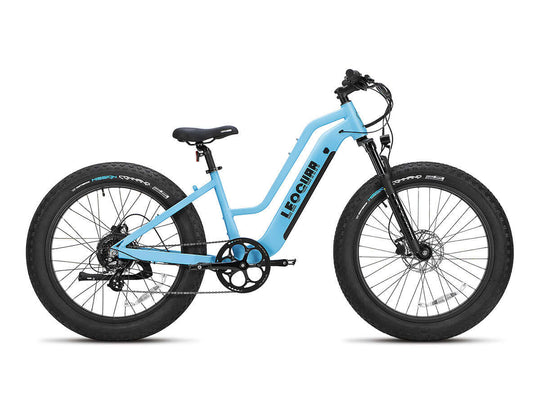
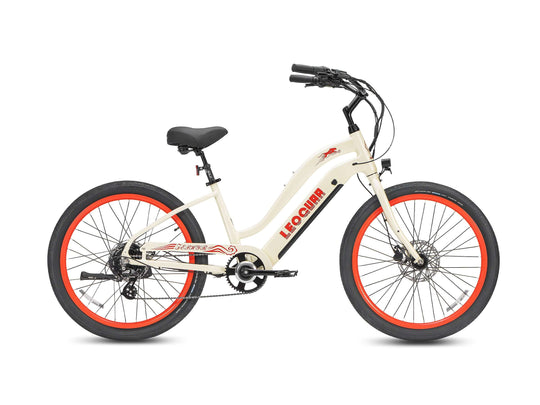
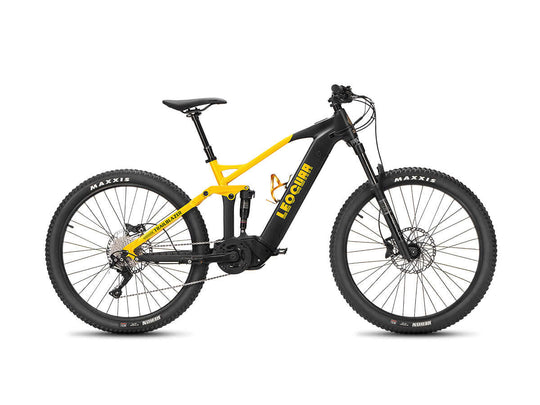
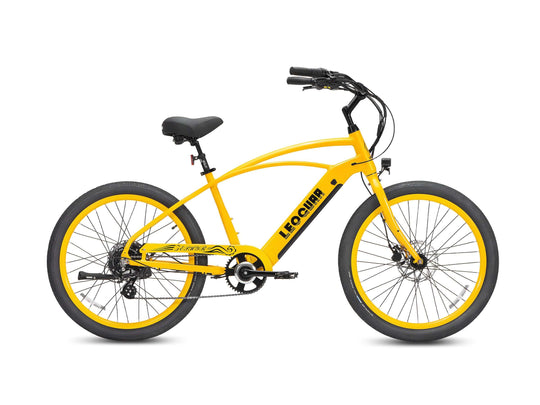
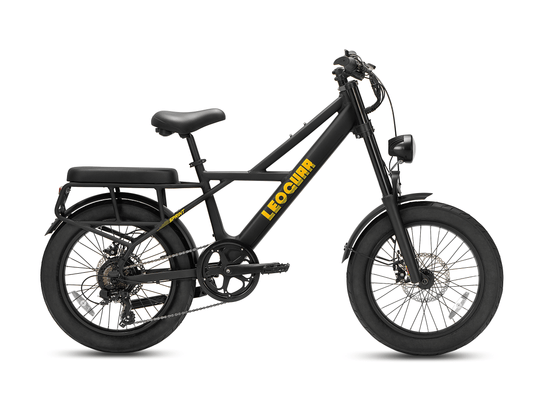

























Leave a comment